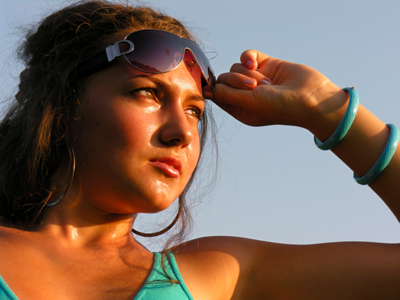
Unit 3 - Changes in Capillary Blood Flow for Heat Loss (H)
Have you ever wondered how the body maintains its ideal temperature of 37 degrees C? Well, it's all down to capillary blood flow, which changes depending on how hot or cold we are. This GCSE Biology quiz, Changes in Capillary Blood Flow for Heat Loss, looks not only at how a capillary can be use for heat loss, but also for heat retention.
Body temperature is monitored and controlled by the thermoregulatory centre in the brain. This centre has receptors sensitive to the temperature of the blood flowing through the brain. If the core body temperature is too high, the thermoregulatory centre causes the blood vessels supplying the skin capillaries to expand so that more blood flows through them. Since the blood flows through the entire body, it can take the excess heat from the core of the body to the skin, where it can be lost. When a blood vessel of any sort increases in diameter, we say that it dilates. Because the dilation is related to the vascular (blood) system, this process is called vasodilation.
Ready for more?
not all...
quizzers. Try to win a coveted spot on our Hall of Fame Page.







